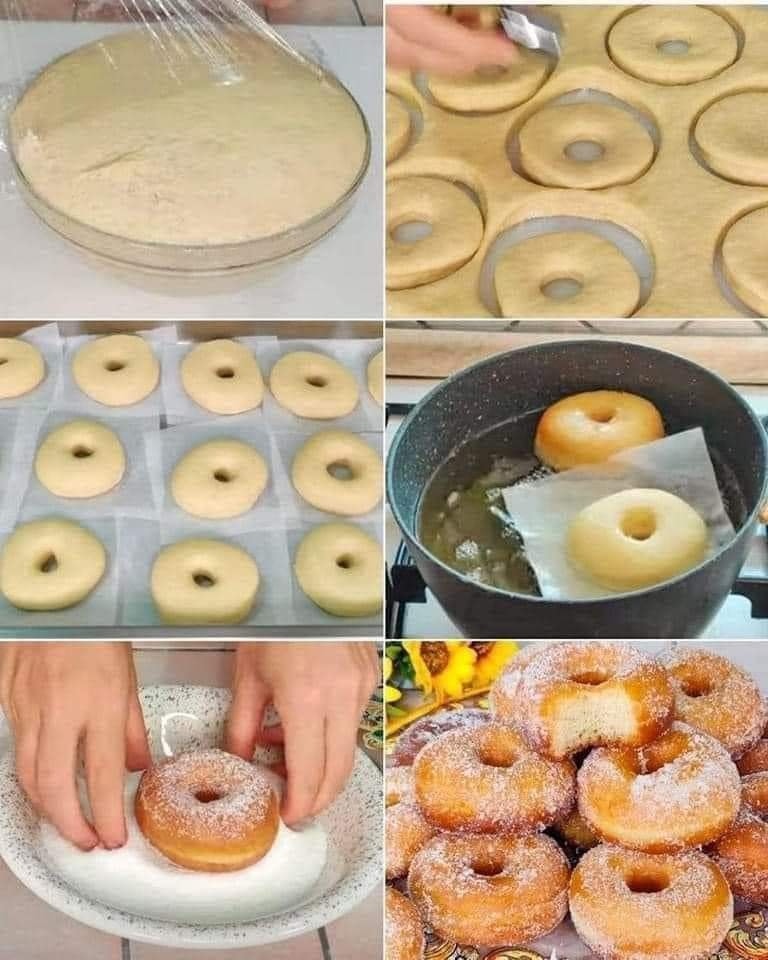Doughnuts are a beloved sweet treat enjoyed across the globe, perfect for breakfast, a snack, or any festive occasion. These delectable pastries come in various forms, from fluffy, yeast-risen rings to dense, sweet cake-style doughnuts. This comprehensive guide will walk you through making classic yeast doughnuts from scratch, providing detailed instructions to ensure your success in achieving that perfect balance of a crispy exterior and a soft, airy interior.
Understanding Doughnuts
Doughnuts are more than just a delicious treat; they are a culinary canvas for a variety of flavors and textures. The process of making doughnuts involves several key components, including the dough, the frying technique, and a range of possible glazes and toppings.
Ingredients Breakdown
- Flour: All-purpose flour works best for light and fluffy doughnuts.
- Yeast: Active dry yeast or instant yeast can be used to help the dough rise.
- Milk: Warmed milk helps to activate the yeast.
- Sugar: Adds sweetness to the dough and feeds the yeast.
- Butter: Enriches the dough, adding flavor and a tender texture.
- Eggs: Contribute to the richness and color of the dough.
- Salt: Enhances flavor and controls yeast activity.
- Nutmeg or Cinnamon: Optional spices that add a classic flavor to the dough.
Culinary Techniques and Tips
Making doughnuts is an art that involves precision and timing. Here are some crucial techniques and tips:
Proofing the Yeast
Ensure your yeast is active to get a good rise. This is crucial for light and fluffy doughnuts.
Kneading the Dough
Proper kneading develops the gluten in the flour, which is essential for the texture of the doughnuts.
Controlling Oil Temperature
Maintaining the correct frying temperature (around 375°F or 190°C) is vital to prevent the doughnuts from absorbing too much oil and becoming greasy.
